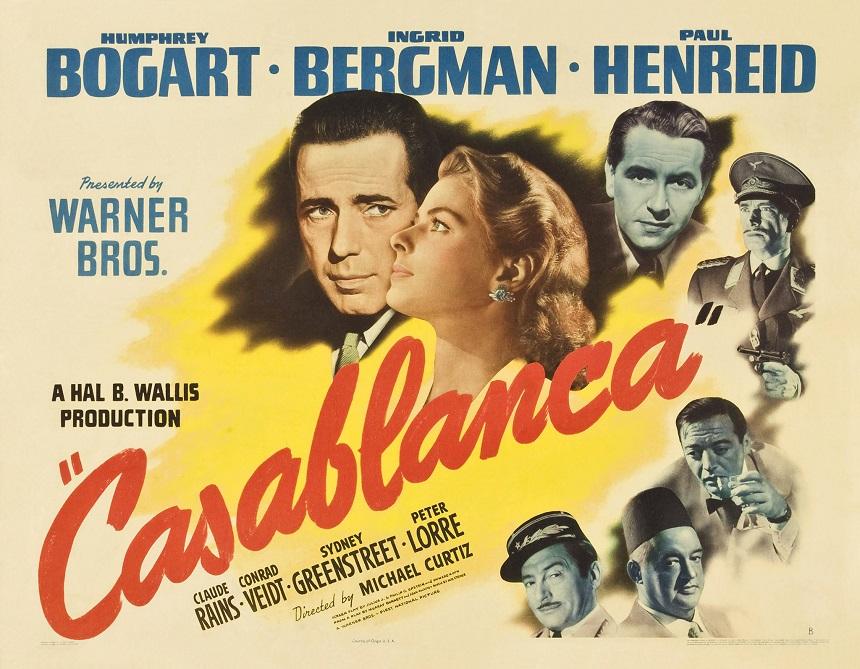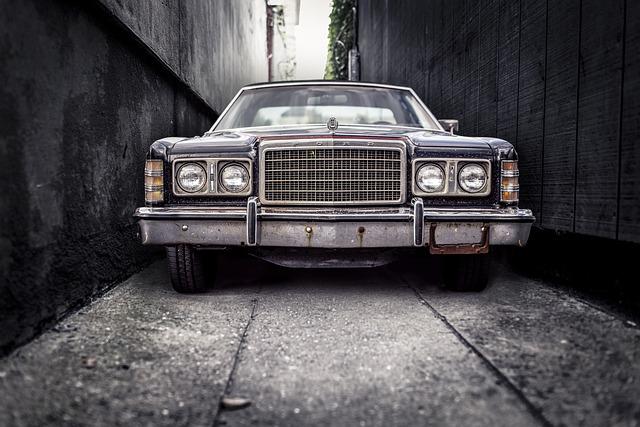In the ever-evolving landscape of cinema, today’s blockbuster movies owe a significant debt to the timeless classics that laid the groundwork for modern storytelling and visual spectacle. These iconic films, revered for their pioneering techniques and compelling narratives, have transcended their eras to become foundational influences on contemporary filmmakers. By dissecting the elements that made these classics enduring, we can trace their impact on today’s cinematic giants, from narrative structures and character archetypes to groundbreaking special effects and thematic depth. This article delves into the top classic films that have shaped the blueprint of modern blockbusters, revealing the enduring legacy of cinema’s golden age and its profound influence on the movies that captivate audiences today.
Cinematic Legacy Examined: The Impact of Classic Films on Modern Blockbusters
- Citizen Kane (1941): Often hailed as the pinnacle of cinematic innovation, “Citizen Kane” introduced groundbreaking techniques in storytelling and cinematography. Its use of deep focus, non-linear narrative, and innovative lighting has inspired countless directors. Modern blockbusters frequently echo these techniques, emphasizing visual storytelling and complex character arcs.
- Star Wars (1977): George Lucas’s space opera revolutionized the concept of the blockbuster, blending epic storytelling with cutting-edge special effects. Its influence is evident in today’s franchises, which strive to create expansive universes and intricate mythologies, aiming to capture the same awe-inspiring magic.
- Jaws (1975): The first true summer blockbuster, “Jaws” set the standard for tension and suspense, with its expert pacing and masterful score. Modern thrillers and action films continue to draw from Spielberg’s approach, focusing on building anticipation and delivering intense, memorable climaxes.
- The Godfather (1972): With its rich storytelling and complex characters, “The Godfather” redefined the crime genre. Today’s blockbusters often seek to emulate its depth and sophistication, striving to balance action with nuanced, character-driven narratives.
These classic films have laid the foundation for modern cinematic experiences, pushing the boundaries of what is possible on screen. By studying these masterpieces, contemporary filmmakers continue to evolve, creating blockbusters that honor the past while embracing the future.
Storytelling Techniques: How Classic Narratives Shape Today’s Hits
Classic narratives have an enduring power, subtly weaving their threads through the tapestry of contemporary cinema. These timeless stories offer a foundation of structure and emotional depth that modern filmmakers often draw upon to craft their blockbuster hits. The Hero’s Journey, popularized by films like Star Wars, has become a blueprint for countless narratives, guiding characters through trials and transformations that resonate with audiences. This technique ensures a universal appeal, as viewers connect with the protagonist’s evolution and ultimate triumph.
Moreover, the use of non-linear storytelling found in classics such as Pulp Fiction and Memento has inspired a wave of films that challenge traditional narrative structures. These techniques create intrigue and engagement, encouraging audiences to piece together the story like a puzzle. Directors employ this method to add layers of complexity, making their films not just a viewing experience but an intellectual pursuit. Classic films serve as both inspiration and a challenge to innovate, pushing the boundaries of what narratives can achieve in today’s cinematic landscape.
- Character Archetypes: Timeless figures like the mentor or the trickster add depth and familiarity.
- Symbolism and Themes: Recurring motifs and themes provide a rich tapestry for storytelling.
- Visual Storytelling: Iconic imagery from films like 2001: A Space Odyssey shapes visual narratives today.

Iconic Characters and Their Modern Counterparts
- Indiana Jones & Nathan Drake: The daring adventures of Indiana Jones have laid the groundwork for the modern treasure hunter. Nathan Drake, from the “Uncharted” series, embodies the spirit of Jones with his charismatic wit and relentless pursuit of ancient artifacts. Both characters capture the thrill of discovery, blending history with high-octane action, making them timeless heroes in their respective eras.
- James Bond & Ethan Hunt: The suave sophistication of James Bond has evolved into the high-stakes world of Ethan Hunt in the “Mission: Impossible” franchise. While Bond’s elegance and gadgets set the standard for secret agents, Hunt’s relentless determination and innovative espionage tactics redefine the genre. Both characters exemplify the evolution of the spy archetype, reflecting the changing dynamics of global threats.
- Sarah Connor & Furiosa: From the apocalyptic landscape of “The Terminator” to the barren wasteland of “Mad Max: Fury Road,” the evolution of the fierce female warrior is evident. Sarah Connor’s transformation from a vulnerable waitress to a battle-hardened leader has inspired the indomitable spirit of Furiosa. These characters highlight the strength and resilience of women, carving out a space in a traditionally male-dominated narrative.

Visual Mastery: Classic Cinematic Styles in Contemporary Films
The art of visual storytelling in contemporary cinema owes a great deal to the classic films that laid the groundwork for today’s visual language. These timeless masterpieces have infused modern blockbusters with a rich tapestry of techniques and styles that continue to captivate audiences. From the haunting chiaroscuro of film noir to the sweeping vistas of epic westerns, filmmakers draw inspiration from a diverse array of genres to craft visually stunning narratives.
- Film Noir: The use of shadow and light to create tension and mood has been masterfully reimagined in modern thrillers, echoing the mysterious allure of classics like The Maltese Falcon.
- Western Epics: The grandeur of films like The Searchers can be seen in the vast, open landscapes that dominate the screen in contemporary adventure sagas.
- Expressionist Horror: The dramatic angles and unsettling atmospheres of early horror films have found new life in today’s psychological thrillers, channeling the eerie brilliance of Nosferatu.
These classic styles have not only persisted but evolved, blending seamlessly with modern techniques to create a cinematic experience that is both nostalgic and innovative.

